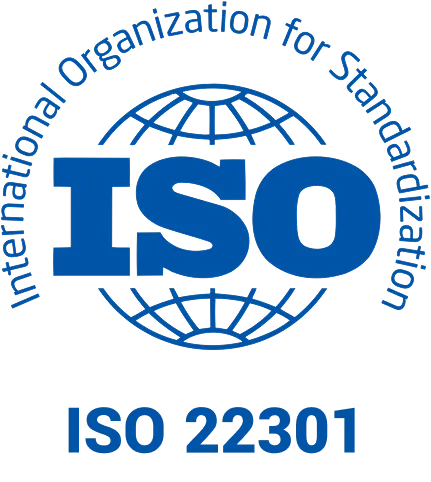
Employee benefits – What are they and how can they change your company's perception? A review of the most popular solutions
Employee benefits have become a key component of HR strategy, helping in attracting and retaining valuable employees. Nowadays, employers need to offer more than just competitive salaries to meet the expectations of their employees. Employee benefits, such as private medical care, sports cards, cinema tickets, or lunch cards, can increase job satisfaction and team loyalty. In the following article, we will explain what employee benefits are, how they impact a company, and what are the most popular types of non-wage benefits that employers can offer.
What Are employee benefits?
Employee benefits are additional perks provided by an employer to their employees that go beyond standard salary. Their goal is to increase employee satisfaction and loyalty, as well as motivation to perform their duties. The differences between benefits and salary are significant. Salary is the basic form of payment for work, which is taxed and subject to social security contributions. Employee benefits, on the other hand, are additional perks that may be partially or fully exempt from taxation and contributions, depending on their type and legal regulations. Employers offering attractive benefits can attract more valuable candidates and increase the satisfaction of long-term employees.
Most popular types of benefits
Private healthcare and medical packages are among the most frequently chosen benefits by employees. They provide quick access to specialists and a wide range of diagnostic tests, which enhances the sense of security and care for employees' health. Sports benefits, such as gym memberships, single-entry tickets to activities, or sports cards, promote an active lifestyle and help maintain good physical condition.
Lunch benefits, such as lunch cards and meal vouchers, support employees in healthy eating, which translates into their effectiveness and well-being. Educational benefits include training and language courses that help employees develop new skills and improve professional qualifications. Additional days off and remote work are flexible forms of employment that support work-life balance. Other popular benefits include team-building events, healthy snacks in the office, a day off on birthdays, game rooms at the workplace, as well as cafeteria programs and benefits systems that allow employees to choose the most suitable benefits for themselves. Nais is a modern platform for managing company benefits, recognizing, and rewarding employees. It is dedicated to employers, employees, and partners. Our benefits system focuses on non-wage benefits that provide employees with freedom of choice. Through a system that allocates a specific amount of money to employees, they can decide independently how they want to use it. The possibilities are vast, thanks to an extensive catalog of offers.
How to choose the right benefits for employees?
To choose the right benefits for employees, employers should first conduct a thorough analysis of their teams' needs. Surveys and studies are effective tools for gathering employee opinions on preferred benefits. This allows for the identification of benefits that will be most valuable and desirable in a given organization. Consequently, the employer can create a benefits package that meets the expectations and needs of the employees. For example, younger employees may value benefits related to education and development, while older employees may prefer health-related benefits and insurance. Regular monitoring and adjustment of benefits help maintain their attractiveness and effectiveness. Utilizing employee feedback allows for continuous improvement of the benefits package and quick response to changing team needs.
Impact of benefits on employee motivation and satisfaction
Comparing the effects of salary increases and benefits shows that while higher pay may bring immediate satisfaction, additional benefits often have a long-term impact on employee engagement. As a result, employees feel more valued and satisfied with their work, which positively affects their productivity and loyalty to the employer. Employees with access to attractive benefits are more likely to stay with the company and engage in its development. Benefits programs help build a positive organizational culture and strengthen the bond between employees and the company.
Benefits and benefits packages – what to remember?
Tools and methods supporting the implementation of effective benefits programs include benefits management platforms, which allow employers to easily monitor and adjust benefits packages to employees' needs. Cafeteria systems enable employees to choose benefits that best match their individual preferences.
Challenges associated with implementing employee benefits
One of the main challenges associated with implementing employee benefits is the diversity of employee needs. Different age groups, positions, and personal preferences make creating a universal benefits package that satisfies everyone a significant challenge. A balanced approach may involve using benefits systems that allow employees to select "extras" according to their preferences.
In summary, employee benefits play an important role in increasing employee satisfaction, motivation, and loyalty. Investing in a comprehensive benefits package is a strategy that benefits both employees and employers, strengthening organizational culture and the company's competitiveness in the job market.





































